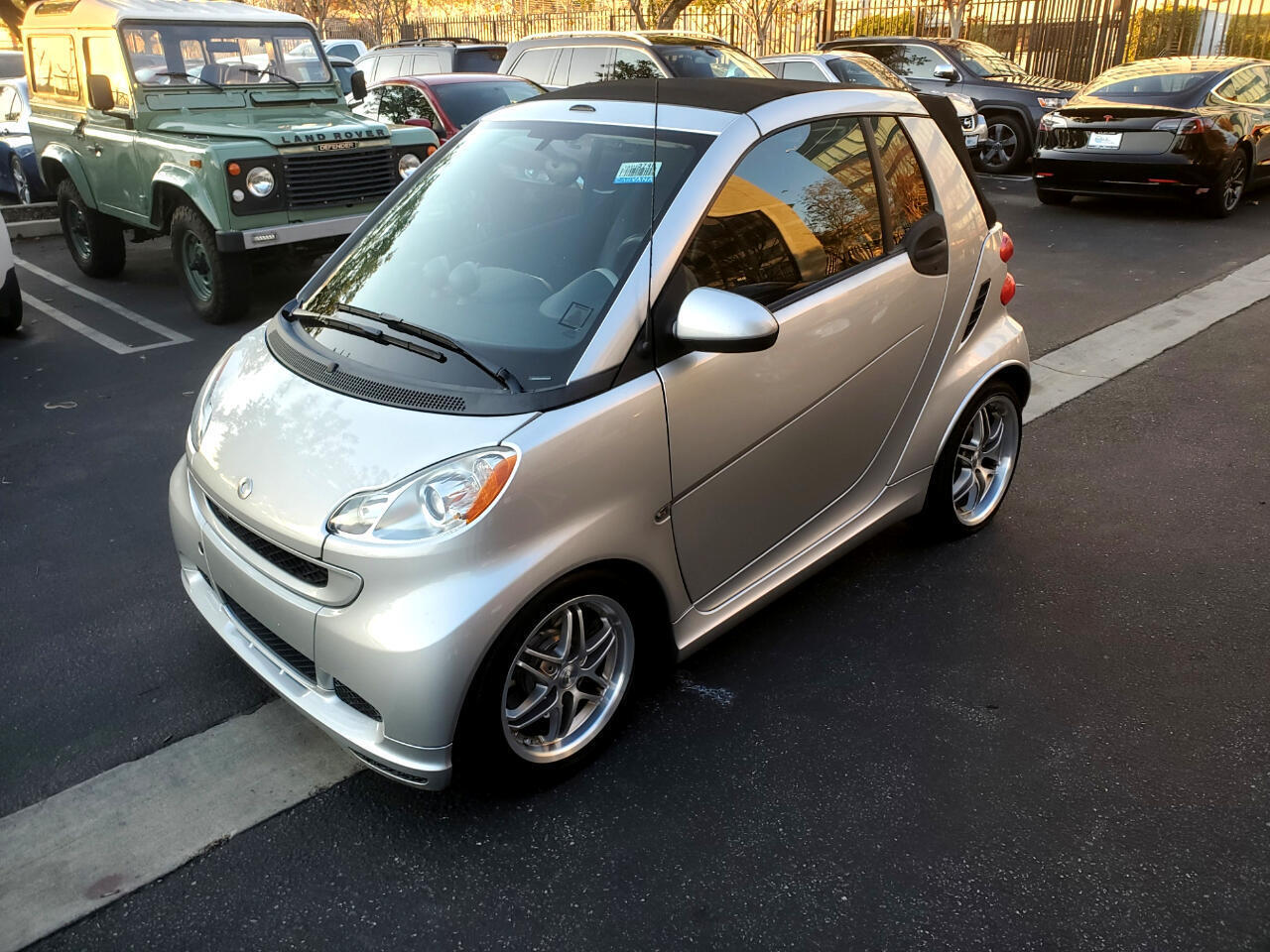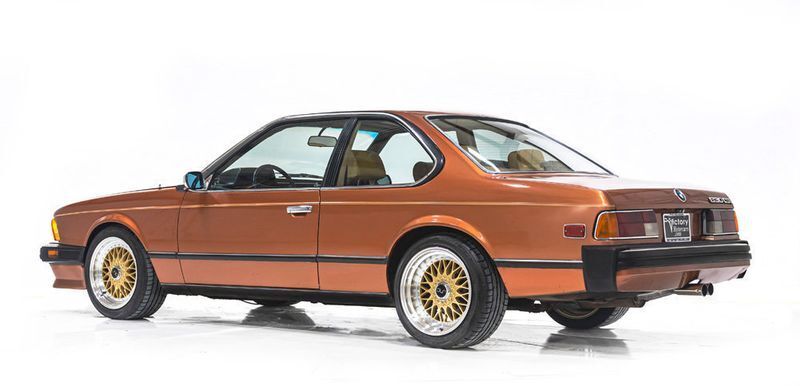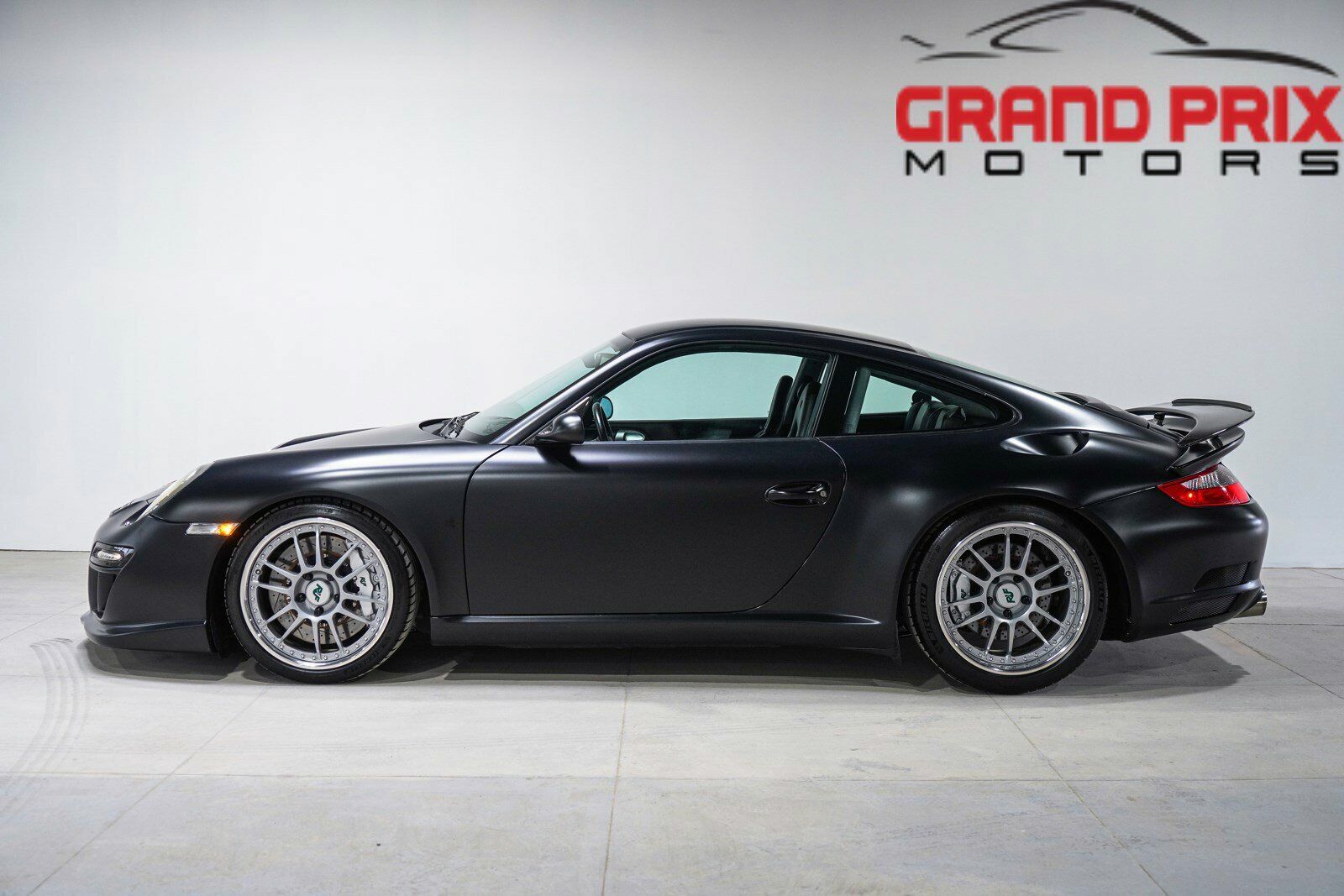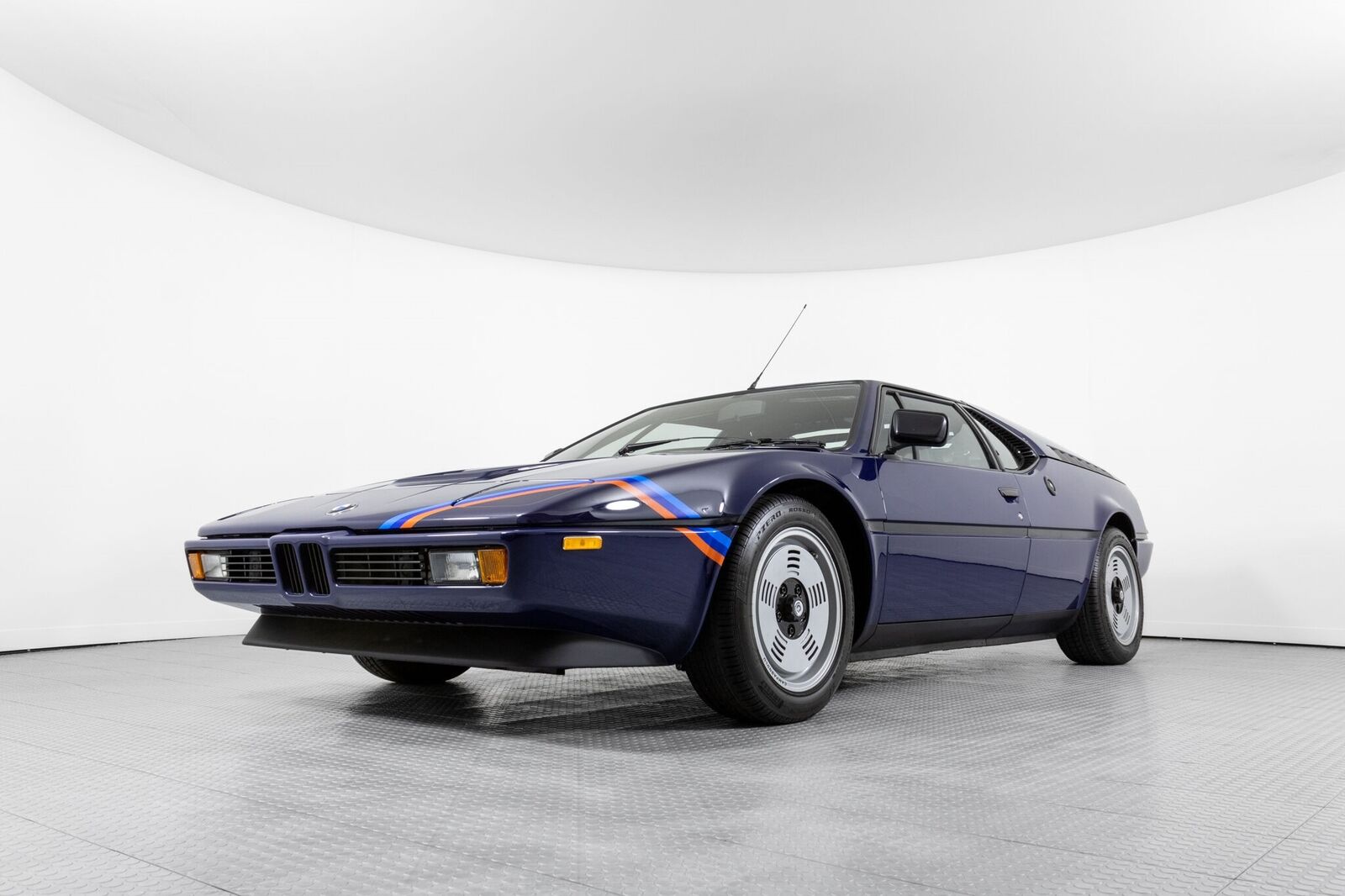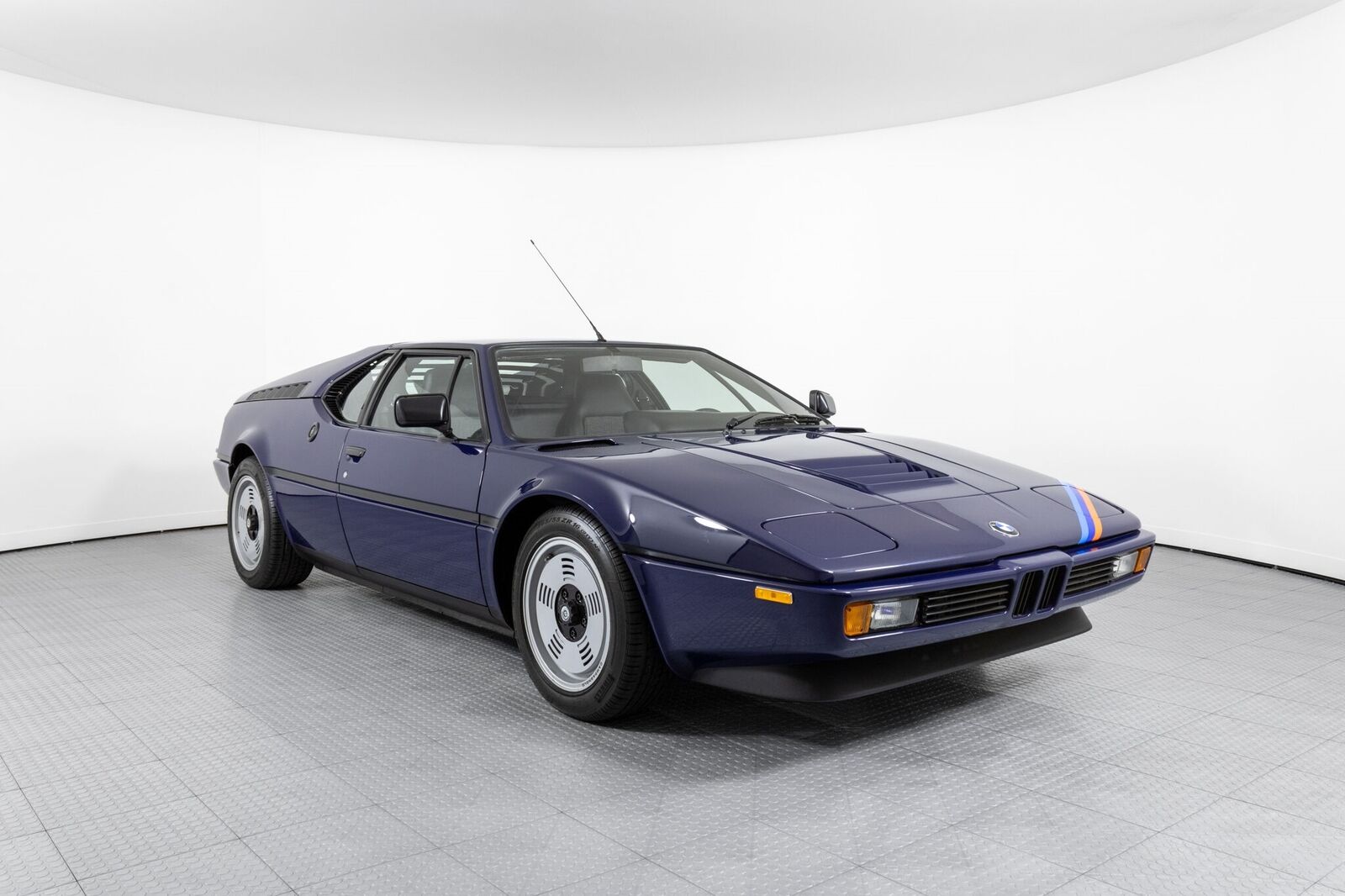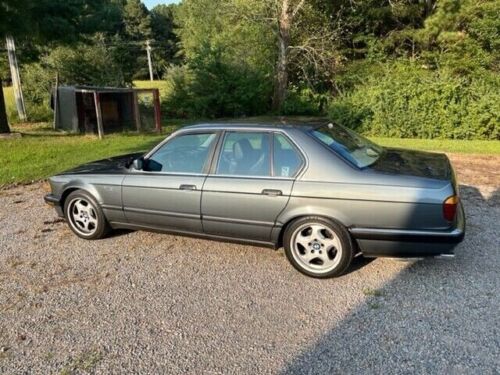Hey, talk about German cars that we never feature? The Smart is up there! From its phone-booth-on-wheels styling to the 1.0-liter 3-pot developed by Mitsubishi and linked to a 5-speed semi-automated gearbox (both introduced for the second generation); well, it’s an unusual car. Making things even more odd, German tuner Brabus threw their hat into the ring and turned up the power for the second generation – slightly – to just over 100 on the turbocharged variant. However, we didn’t get that here. So what did we get from the Brabus version? They also gave it some pretty cool double-staggered wheels, a sport suspension, a sport exhaust system, retuned shifting for the Getrag semi-automatic, and lightly revised styling. They were only available in silver or black, and they were not cheap. Out the door, the drop-top version would set you back over $21,000 plus fees. So what does one of these crazy A451s set you back today?
Author: Carter
The name RUF has only become more legendary over the last few years, if that is even conceivable. Cars bearing the name of Alois that were built in Pfaffenhausen, Germany have exploded in value. Want to bear witness? Check out today’s car – an Rt12 rebuilt to S specification. It’s been a bit of an internet star on its own; I wrote the car up back in 2017, when there was less information about it. It had been owned by Ed Bolian, YouTuber extraordinaire, and the asking price was just over $200,000 with ~27,500 miles. The asking price dipped below the $200k mark before a 30k refurb was performed between 2018 and 2019, and 2022 it was offered for sale at the RM – Sotheby’s Amelia Island auction in March of this past year. The sale price? $434,000. Not done, it hit Bring a Trailer in August 2022, with bids ringing in at just below $400,000 with no sale. Now, it’s back up for sale on eBay. Along the way the wheels were refinished silver and the seats were redone with pepita inserts. That, plus the $30k in mechanical work, has resulted in quite the increase in the asking price…
CLICK FOR DETAILS: 2006 RUF Rt12 S on eBay
2 CommentsI give Audi a lot of credit for bringing the R8 to market. It took a fair amount of gall for a company best known for mid-range all-wheel drive luxury sedans to up and produce a supercar-beating mid-engine road car capable of being used year-round and every day. It’s a feat nearly without precedent. Of course, I said “nearlyâ€.
That’s because BMW pulled off a similar trick the best part of thirty years before Audi did it. And arguably the development of what would become BMW’s fledgling Motorsports division was even more impressive than what Ingolstadt pulled off. The M1 burst onto the scene at a time of economic austerity, global oil crises and came from a company who not only didn’t have a history of producing such cars, but didn’t have connections to others who did (unlike Audi’s corporate Lamborghini partnership).
Speaking of Lamborghini, because of BMW’s lack of expertise in supercar design it was the Sant’Agata firm that was employed to produce the M1. But because of Lamborghini’s lack of expertise at being…well, a company capable of producing something on a schedule, BMW engineers had to first liberate the early molds from Italy and then find someone who could produce the car. Ultimately, it was a combination of ItalDesign in Turin, Marchesi metal working in Modena to build the frames, and Karosserie Baur in Stuttgart that stuck the M1 together. Though it doesn’t exactly sound like a match made in heaven, and indeed the M1 was a relative sales flop, it has nonetheless grown to cult status as one of the most user-friendly supercars of the late 1970s:
CLICK FOR DETAILS: 1979 BMW M1 on eBay
Comments closedThe late 80s and early 90s was a great time to be a fan of German cars, as each manufacturer advanced in leaps and bounds. Volkswagen had the succession of 16V, supercharged, and then VR6 engines. Porsche launched the supercar 959 and beefed up the 911, 944 Turbo and then 968, and the 928 GTS. Mercedes-Benz had the audacity to replace the stalwart R107 with the R129, launched the W124, W201, and finally the W140 and generally remained the benchmark of the world. Audi’s success with the Quattro proliferated the model range, and the company that dared to be different ended the 80s with the wild quad-cam all-wheel drive V8 quattro and introduced the S and RS model ranges in the 90s.
BMW was not to be outdone. While the M brand had its roots in the 70s, it was really the 80s where they stretched their legs; the introduction of the definitive sports sedan and coupes of the M3, M5, and M6 still have repercussions today. But they weren’t about to let the go-to W126 and the upstart V8 quattro have all the large-executive limelight. The E23 had been an interesting alternative all along, and it was quite advanced in many ways. But it was its successor, the E32, that really took BMW to the world stage in the large executive market. And the top-tier model was nothing to sneeze at. Gone was turbo power, and in its place BMW sistered two of their M20 inline-sixes together on a common crank, creating the M70 – a 5.0-liter V12 with an aluminum block and the best part of 300 horsepower. This was 1987, mind you, and that was still a pretty big number. Complex, expensive, and not without fault, the 750iL generated a lot of headlines and more than a few headaches for the other brands and its owners. Only available as a long-wheelbase sedan in the US, the E32 750 was offered in short-wheelbase configuration in Europe – and it just so happens one is for sale right now in the US:

